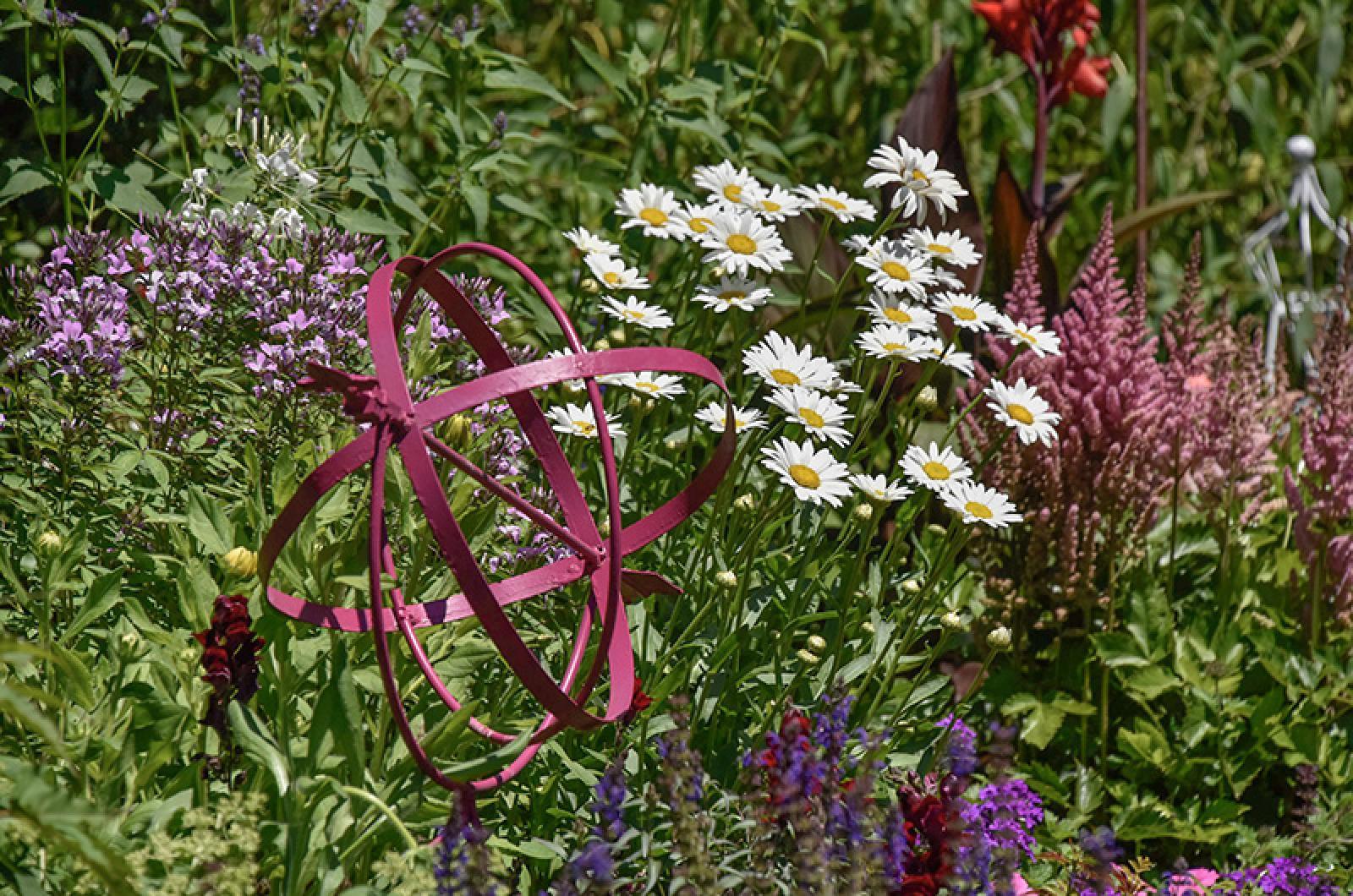Gardeners on the Vineyard are experiencing warmer winters on average, according to the U.S. Department of Agriculture’s newly released Plant Hardiness Zone Map.
While much of the Island has remained within the 7a plant hardiness zone, with an average minimum temperature between zero and five degrees Fahrenheit each year, Chappaquiddick, the eastern half of Edgartown and all of Aquinnah have been bumped up to the 7b zone, with an average minimum temperature between 5 and 10 degrees.
The change is based on data collected from 1990 to 2020, and is unlikely to be a surprise to most longtime Island gardeners, said USDA horticulturist Todd Rounsaville.
“It’s a very minimal change, it’s not one that should impact the plants that people are growing,” he said.
Now lead scientist with the woody landscape plant germplasm repository in Maryland, Mr. Rounsaville is well acquainted with Island gardening conditions, having previously served as curator of Polly Hill Arboretum.
This Island is not unique in this trend, Mr. Rounsaville said, with approximately half the country seeing a similar jump in zone in the new hardiness map, matching a general trend of average higher temperatures around the country.
“One of the pieces of feedback we’ve had from a lot of users the past week has been this matches what I’ve seen in my garden,” he said.
The change in zone on the Vineyard might mean certain cold-sensitive plants may be able to better survive Island winters now, but Mr. Rounsaville emphasized that gardeners should focus on observations made at their own planting sites.
“The difference between, for example 7a and 7b, is probably less significant than just understanding the micro-climates of their own garden,” he said. “I think a lot of keen gardeners understand that.”
The new plant hardiness map can be accessed at planthardiness.ars.usda.gov.







Comments (1)
Comments
Comment policy »